There was an interesting post on The Dish this week about what we can learn by living as an expatriate. I recommend reading it here. At the end of the post, the author asked readers to write in about our experiences. I appreciate the US and our democratic institutions in a whole new way since moving overseas and wrote a fairly long response trying to explain this. The Dish published my whole message in the follow up post below. And in a great sign of how marriage equality has become normal, we are identified as a married gay male couple!
(Click to read the full piece — the reader from Beirut is at the beginning.)
by Dish Staff
A reader addresses Jonah’s piece on living abroad for several years in Jordan:
Thank you for sharing your experience. I went to Beirut, Lebanon from my US university as a third-year student in 1974, interested in history and archaeology. During the ten months I spent in Lebanon I was forced to consider all sorts of new experiences: Palestinian dorm-mates, life experiences that were very different from mine; travels to “mysterious” (as it then was) Syria; and finally the outbreak of the Lebanese civil war in spring 1975. All of these experiences forced me to think in new ways about the US, about its role in the world, and about the lives of others who (in the US corporate media) were mostly overlooked or dismissed. And the more I began to dig into the causes of the Lebanese war, the more complex (and hitherto unknown to me) this world…
View original post 1,132 more words
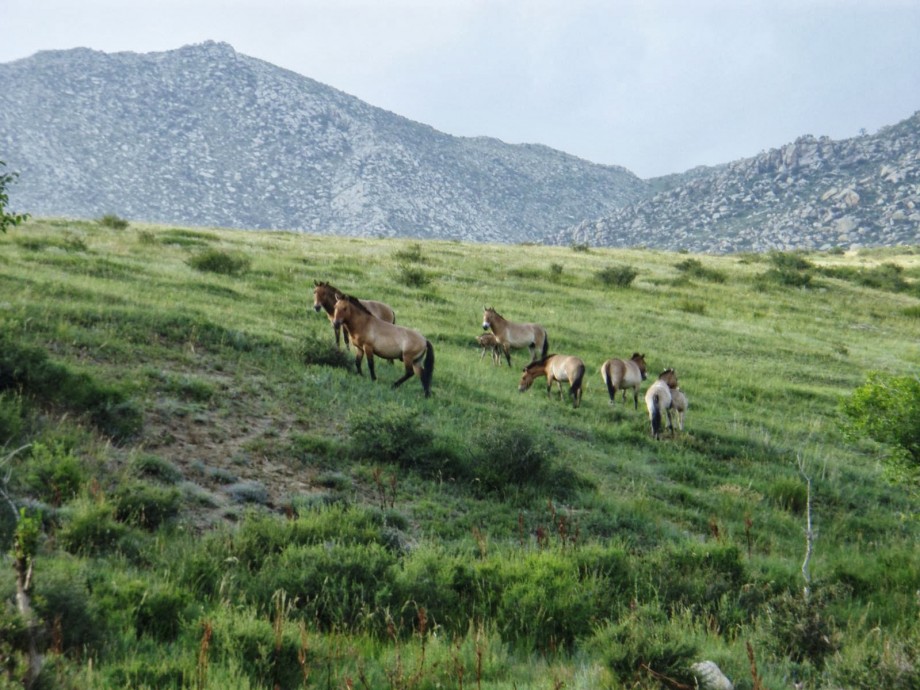








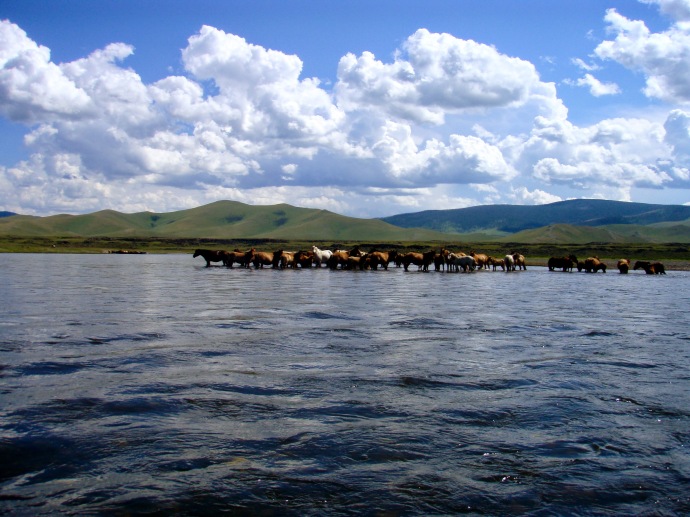







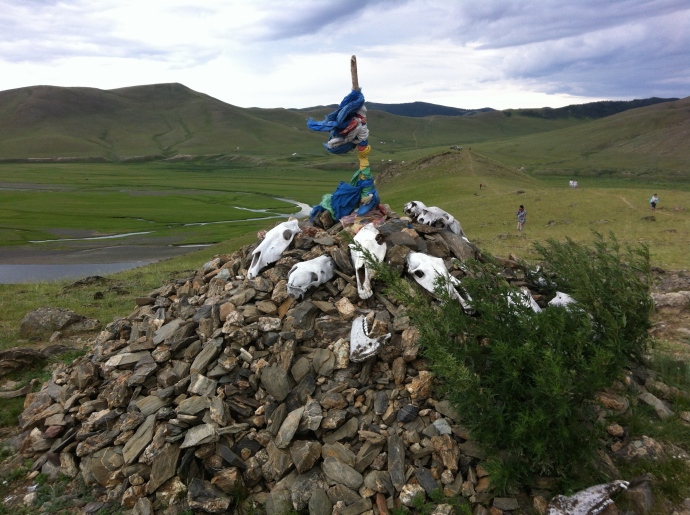

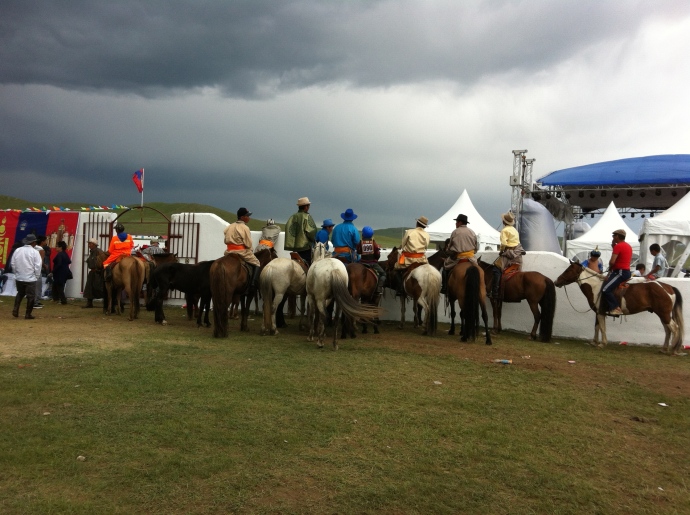
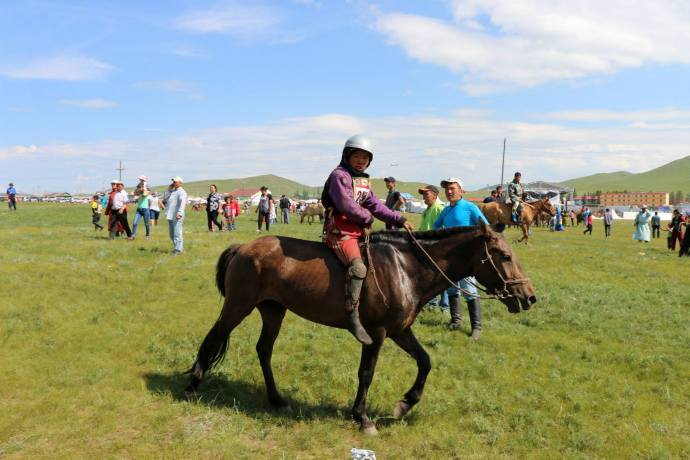

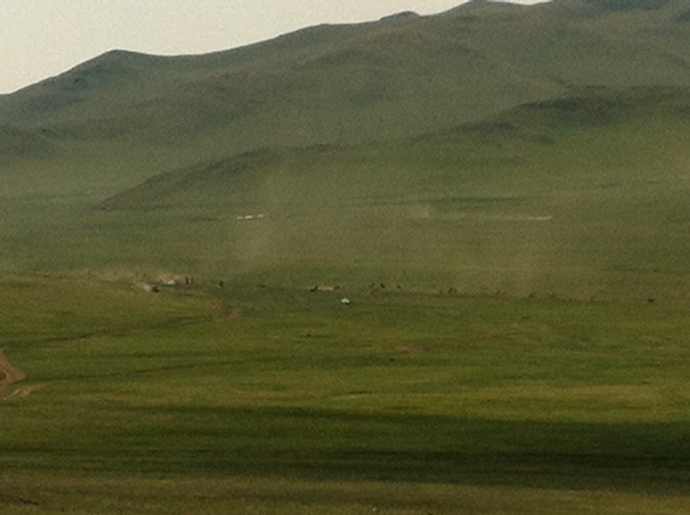


Recent Comments